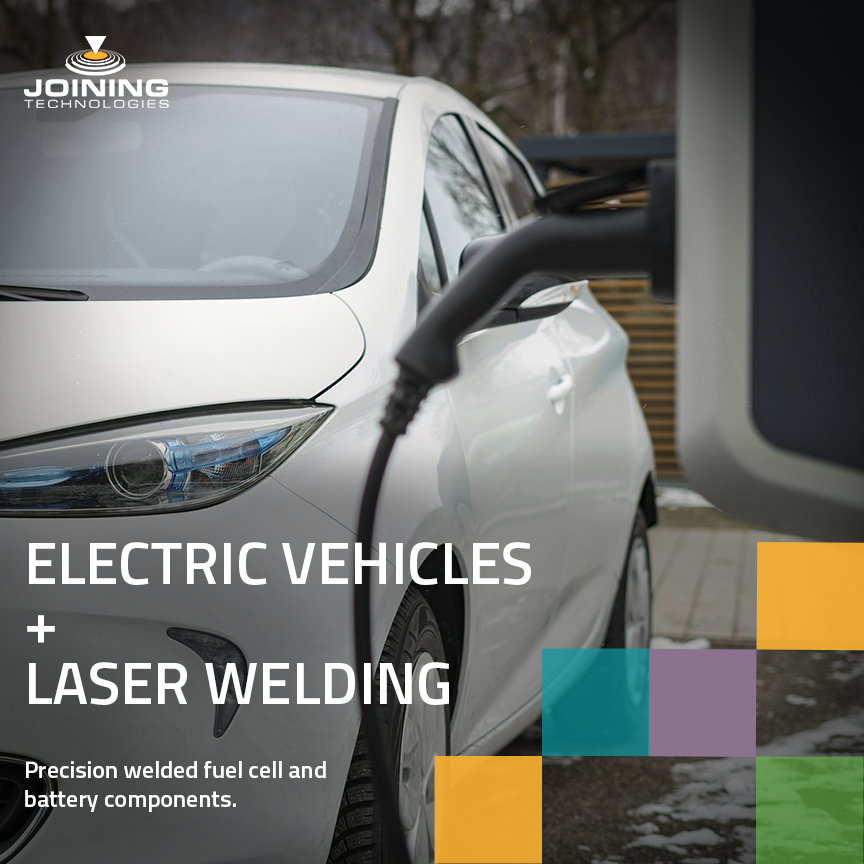Automobile OEMs can benefit by using laser welding for EV battery assemblies. In this article, we’ll explore EV trends, and how laser welding supports the latest battery innovations.
Innovation and demand fueling production of electric vehicles
10 million electric vehicles (EVs) were on the road worldwide in 2021, and you’d be hard pressed to find an automobile manufacturer that hasn’t developed an electric model yet. In fact, 18 of the 20 largest automobile OEMs have committed to increase their EV offerings.¹
Part of those offerings include battery driven electric vehicles (BEVs). While plug-in electric vehicles have historically reigned supreme, designers have been building a better battery. These BEVs are now capable of much longer journeys than previous iterations.
One of these innovations is using a busbar to carry electrical currents from the battery cells. Busbars are lighter in weight, and less bulky than cable, saving on space and also efficiency.
Why use laser welding for battery assemblies?
Using laser welding for EV battery assemblies can contribute to a more reliable battery, and an assembly that allows for more power storage.
From a process standpoint, laser welding boasts speed, precision and consistency. Laser welding allows for a controlled heat affected zone (HAZ). This ensures that the power cell interiors are not disturbed. And, as a non-contact process, a laser can reach small spaces with ease, making it easier to plan around complex designs.
The largest benefit of using laser welding, however, is the ability to weld copper and aluminum.
Wait. Back up. You can weld aluminum and copper?
Yes! Copper and aluminum are notoriously difficult to weld. Both materials are reflective, and together, they have poor miscibility as they melt (think about how oil will float on top of water vs. mixing in completely).
However, the conductivity of aluminum and copper makes these metals ideal for use in a battery assembly. Most often, manufacturers will want to weld Al to Al or Cu to Cu. Laser welding systems are highly customizable, and so, keen engineers and operators have strategies for welding these assemblies successfully.
In fact, we have a new tool that makes welding aluminum and copper even easier: our green laser system.
Is laser welding expensive?
It isn’t always! The equipment itself can be expensive to procure, run, and maintain. However, considering a contract manufacturer to perform the laser welding of EV battery assemblies for you is a viable, cost-effective alternative to starting production in-house. Production runs can start quickly, and price is often determined on weld configuration and unit quantity.

Need laser welding for your EV battery assembly?
Our experts are ready to guide you through the options!
¹IEA (2021), Global EV Outlook 2021, IEA, Paris https://www.iea.org/reports/global-ev-outlook-2021